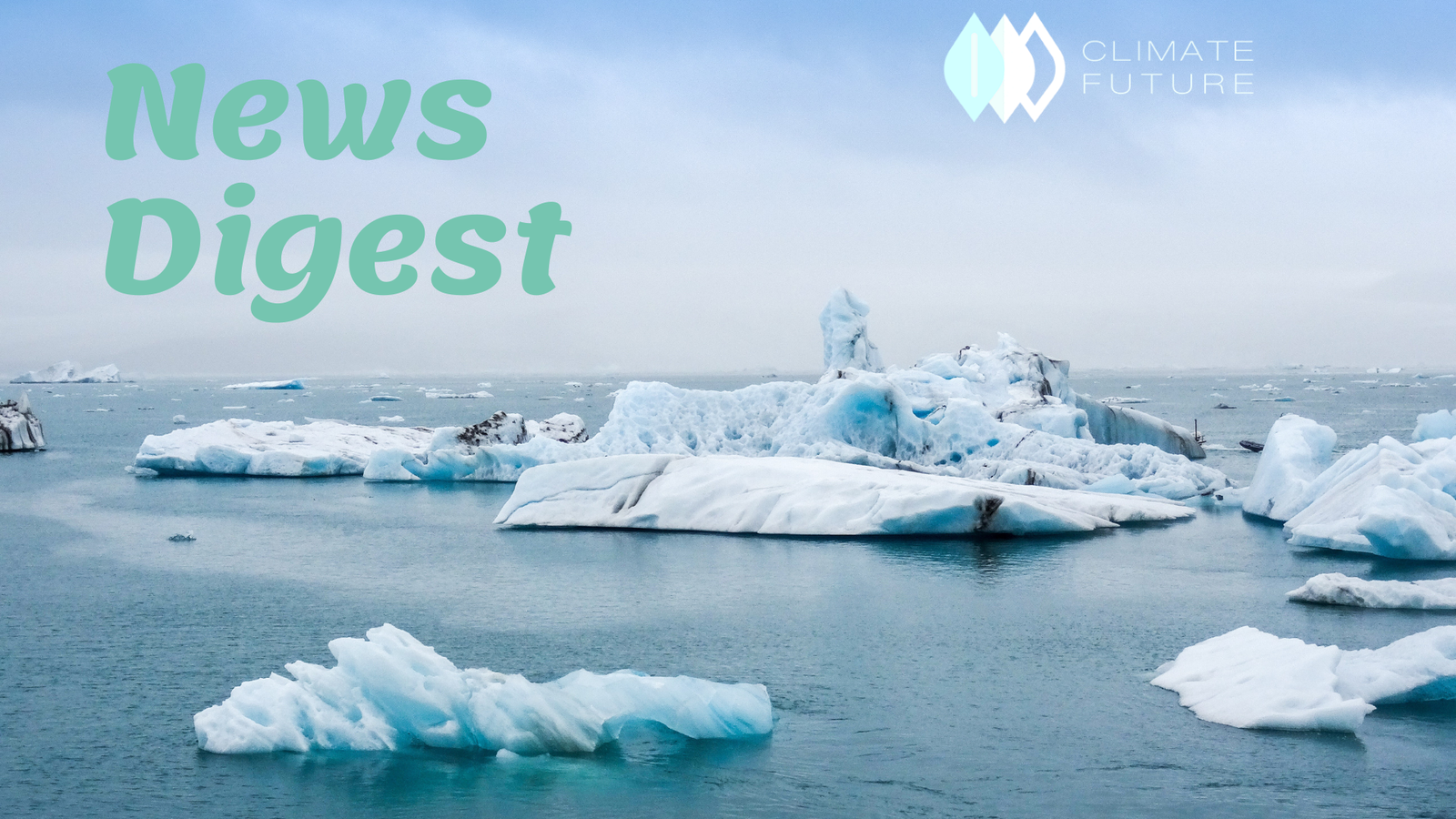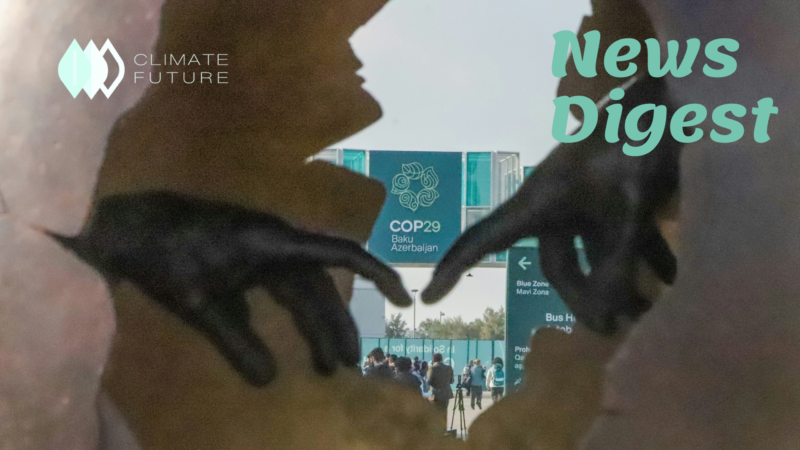The UN-backed project aims to eliminate mercury from skin-lightening products
Skin-lightening products hinder the body’s production of melanin. These have been used by both men and women to have a fair complexion, and blemish scars and treat acne. However, many are not aware that these products can contain mercury which imposes risks to the environment and human health. These kinds of cosmetics can cause skin rashes, scarring, and discoloration as well as nervous, immune, and digestive system damage with depression and anxiety. Minamata Convention, an international treaty has set mercury limits in skin-lightening products to one milligram per kilo. According to UNEP, a 2018 test of 300 products from 22 countries found that roughly 10 percent exceeded this limit with many containing 100 times compared to the authorized amount. UNEP will lead the three-year project with funding from the Global Environment Facility (GEF). It will be carried out by Biodiversity Research Institute (BRI) and the World Health Organization (WHO). As one of the top chemicals of public health concern, WHO has called for urgent action on mercury. The aim to shift broader cultural norms on skin complexion is another goal to address by engaging with organizations, influencers, and healthcare professionals.
Caribbean sees the first regional launch of global plan on early warning systems
The initiative calls for investment across disaster risk observations, knowledge, preparedness, response, and communication with the priority, particularly on vulnerable communities. It highlights the initial new targeted investment of $ 3.1 billion from now until 2027, equivalent to a cost of just 50 cents per person per year. The UN Office for Disaster Risk Reduction (UNDRR) and the World Meteorological Organization (WMO) are co-leads in the plan’s implementation. According to last year’s report, less than 50 percent of all countries are not protected by multi-hazard early warning systems. Early warning systems not only save lives but also reduce economic losses in post-climate catastrophes. WMO emphasized that it is essential to support the Caribbean in building disaster and climate resilience so that countries can take early action. Launching Early Warnings for All in the Caribbean is a major step toward coalescing national, regional, and global cooperation to make sure to protect the most vulnerable populations are protected by early warning systems.
Reduce pollution to combat ‘superbugs’ and other anti-microbial resistance
It is crucial to reduce the emergence, spread, and transmission of “superbugs” – strains of bacteria that have become resistant to every biotic and other instance of AMR which takes a serious toll on human, animal, and plant health. According to the WHO, AMR is one of the top 10 global threats to health. In 2019, it is estimated that 1.27 million deaths worldwide were attributed directly to drug-resistant infections. Overall, almost five million deaths were connected to bacterial AMR. It is estimated that some 10 million additional direct deaths yearly by 2050 will happen, which is equal to the number of deaths caused globally in 2020 by cancer. Moreover, AMR affects the economy with a drop in GDP of at least $3.4 trillion annually at the end of the decade. That pushed some 24 million people into extreme poverty. The agricultural, pharmaceutical, and healthcare sectors are major drivers of AMR development and spread in the environment with pollutants from poor sewage, sanitation, and municipal waste systems. Tackling AMR requires a multisectoral response to recognizing the close linkage between the health of people, plants, animals, and the environment.
Revive and restore wetlands, home to 40 percent of all biodiversity
The UN called for urgent action on World Wetlands Day to restore and revive the ecosystems which are disappearing three times faster than forests. Globally, over a billion people depend on their livelihoods on the wetlands. They play a crucial role in both the fight against climate change and achieving sustainable development. They give essential ecosystem services such as water regulation by reducing the impact of floods. The UNEP stated that over the last 200 years, wetlands have been drained to make way for infrastructure development for farmland. Globally, around 35 percent of all wetlands disappeared between 1970 and 2015. The rate of loss has been increasing since the year 2000. UNEP warned that some 20 to 90 percent of current coastal wetlands could be gone by the end of the century depending on the amount of climate-related sea level rises. Wetlands suffered more biodiversity loss compared to other marine and land ecosystems. Governments have been putting efforts recently to protect wetlands. Countries agreed on a landmark deal to protect a third of coastal areas, the planet’s lands, and inland waters by 2030 at the UN Biodiversity Conference in December.



